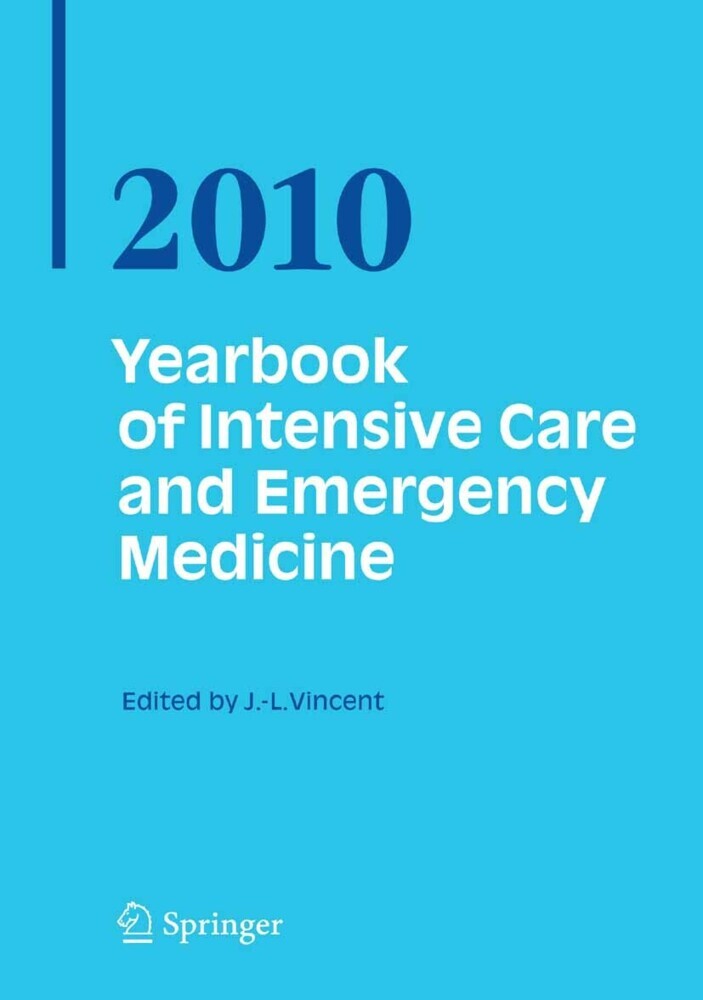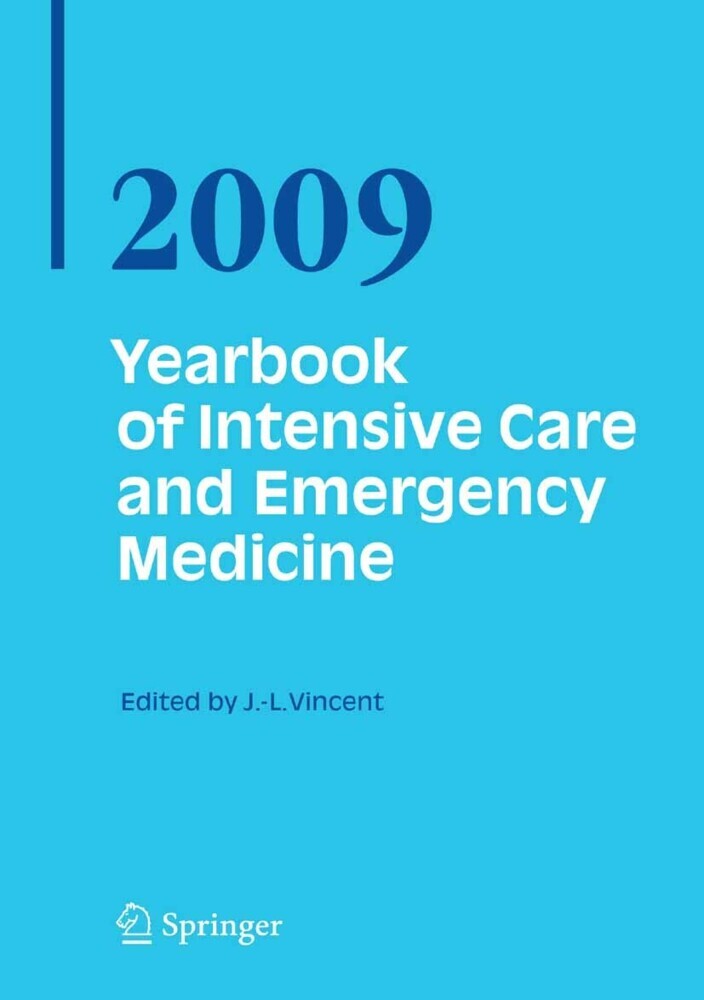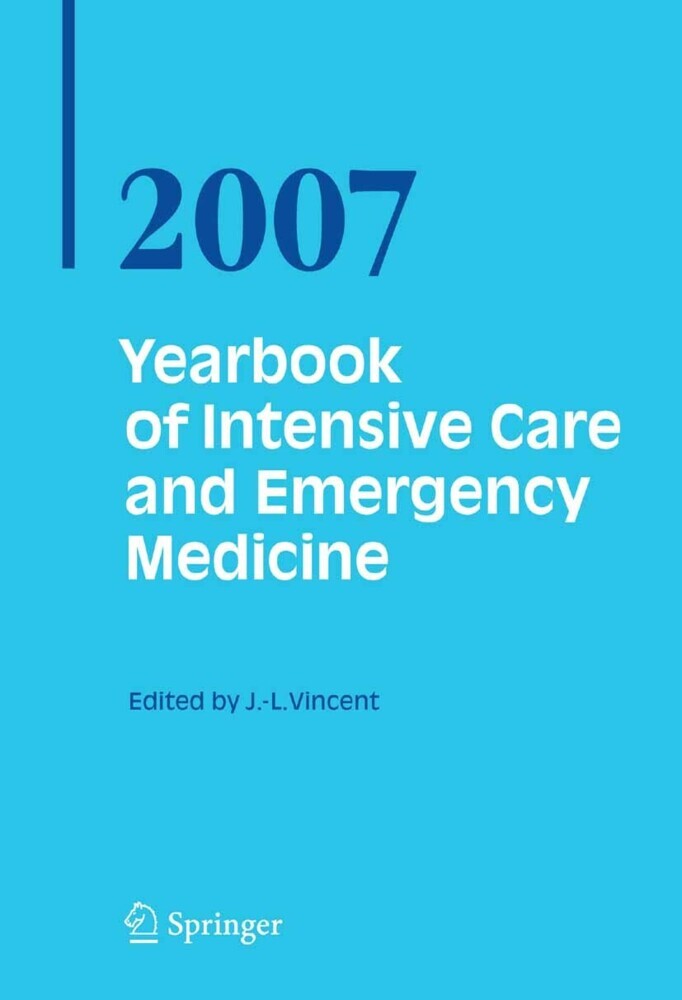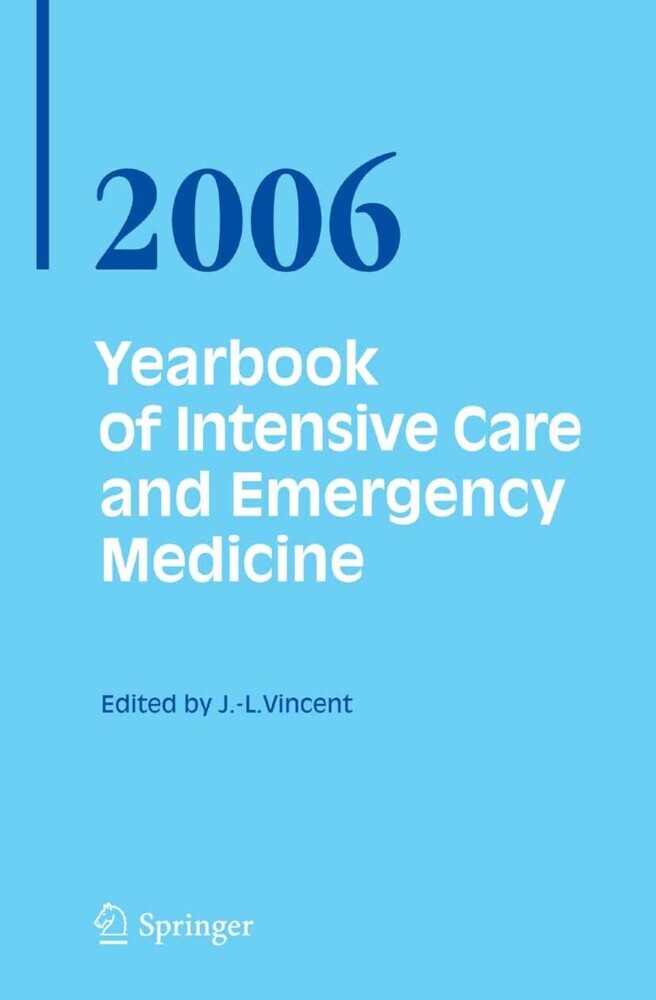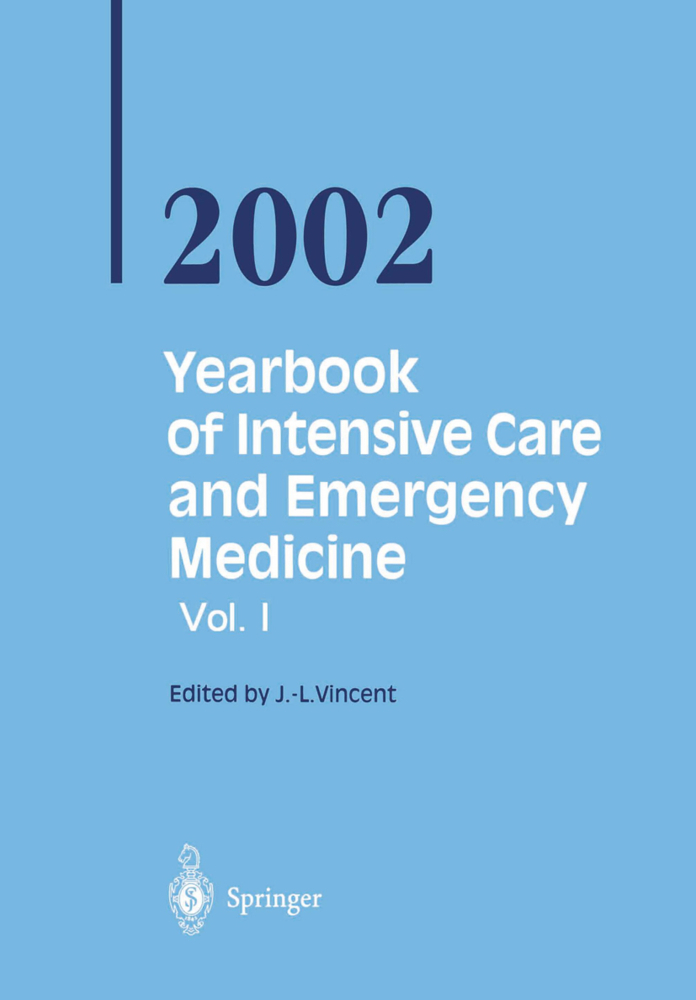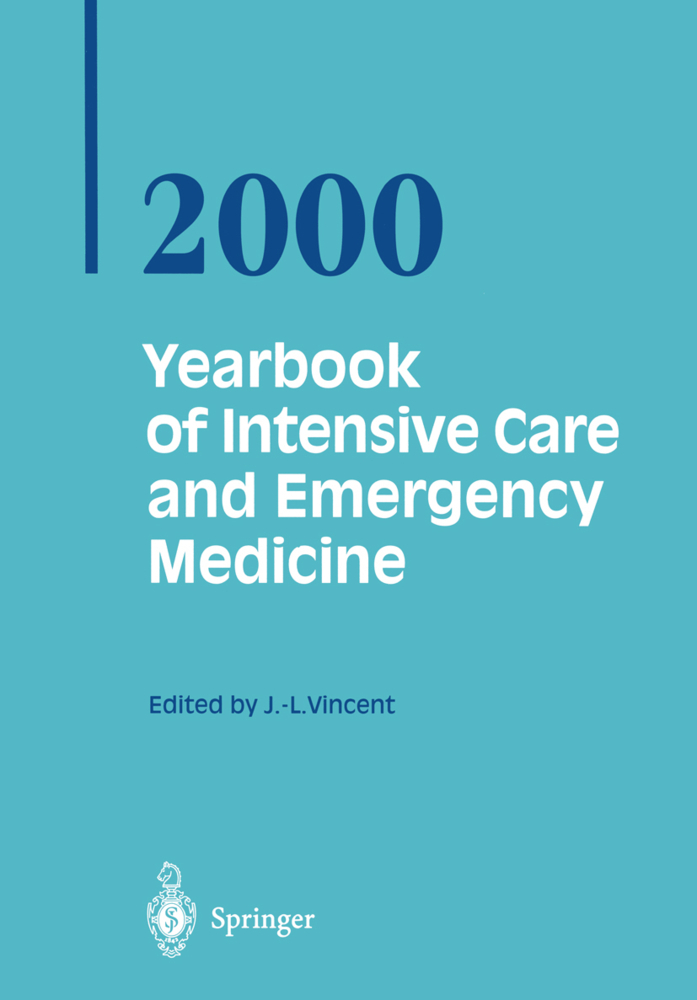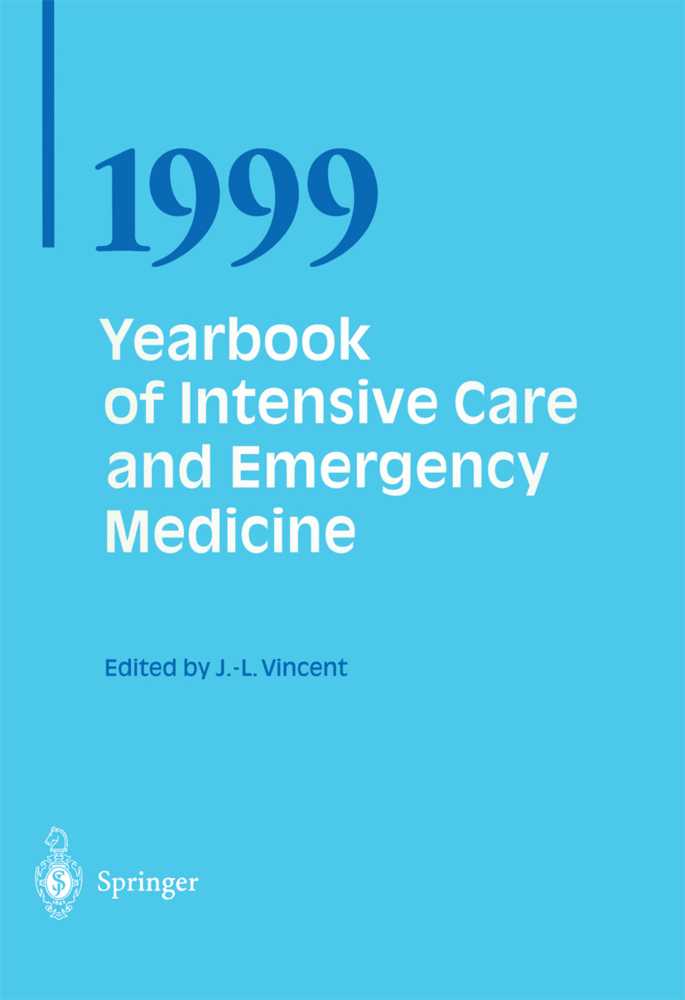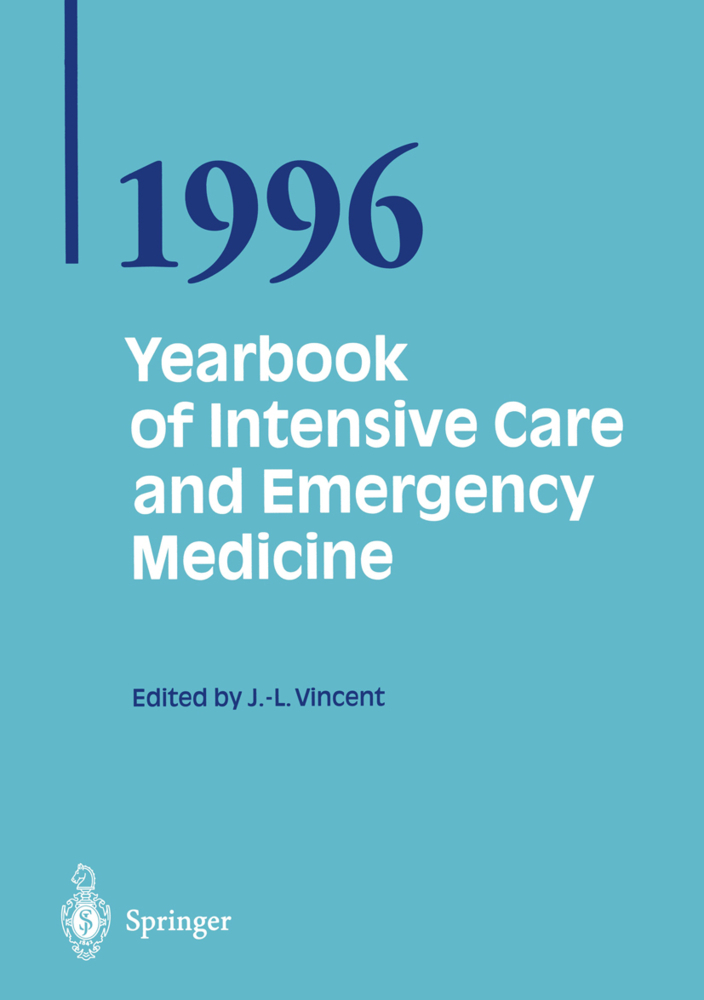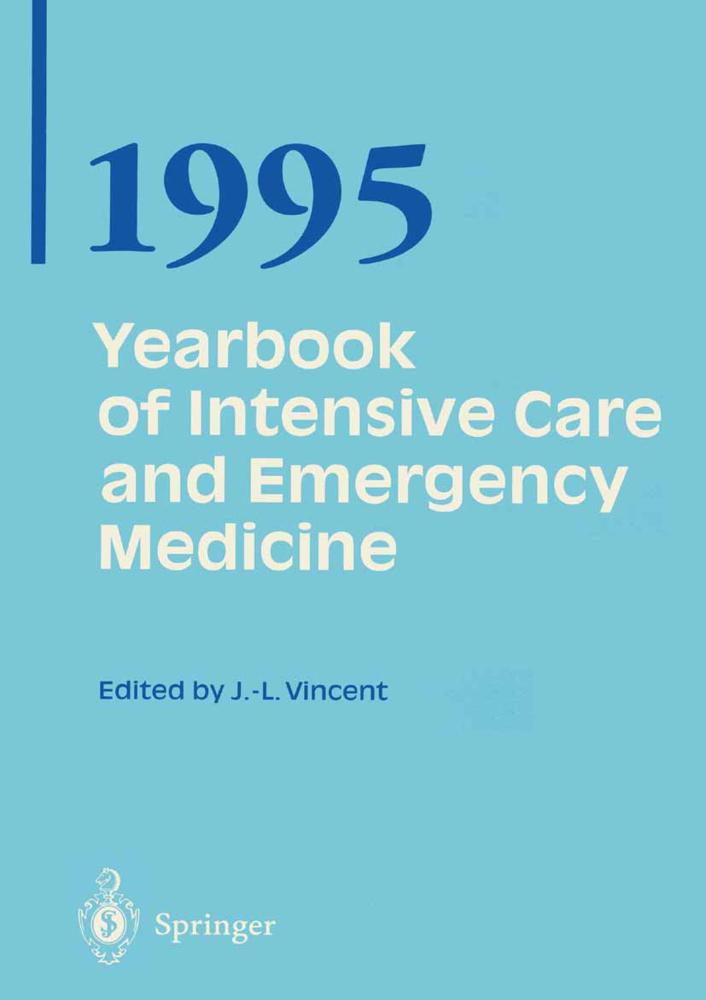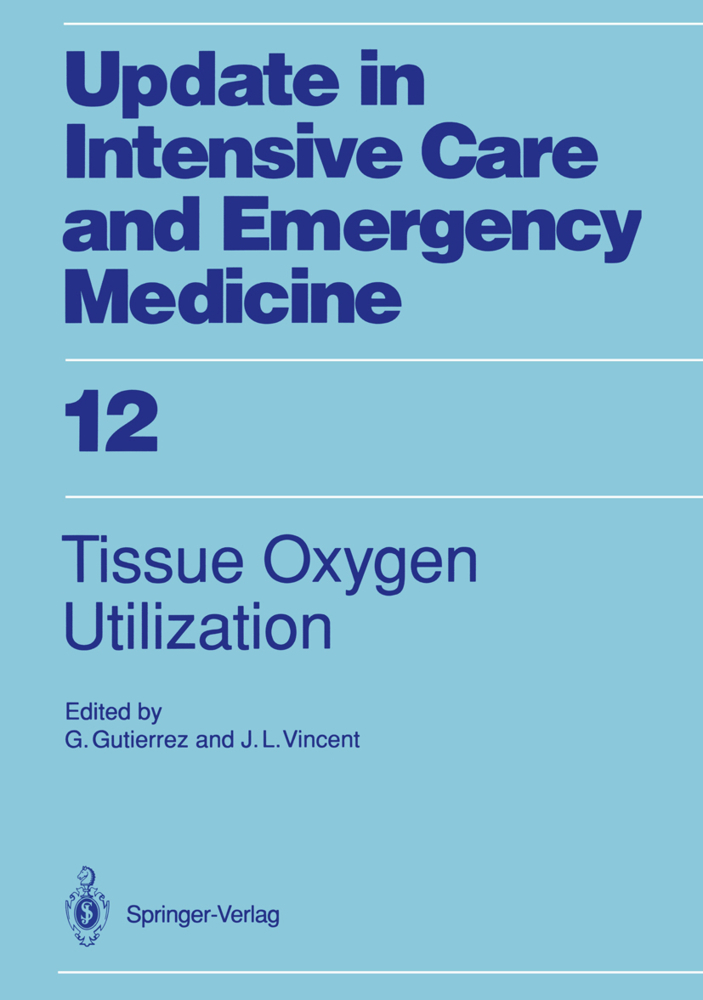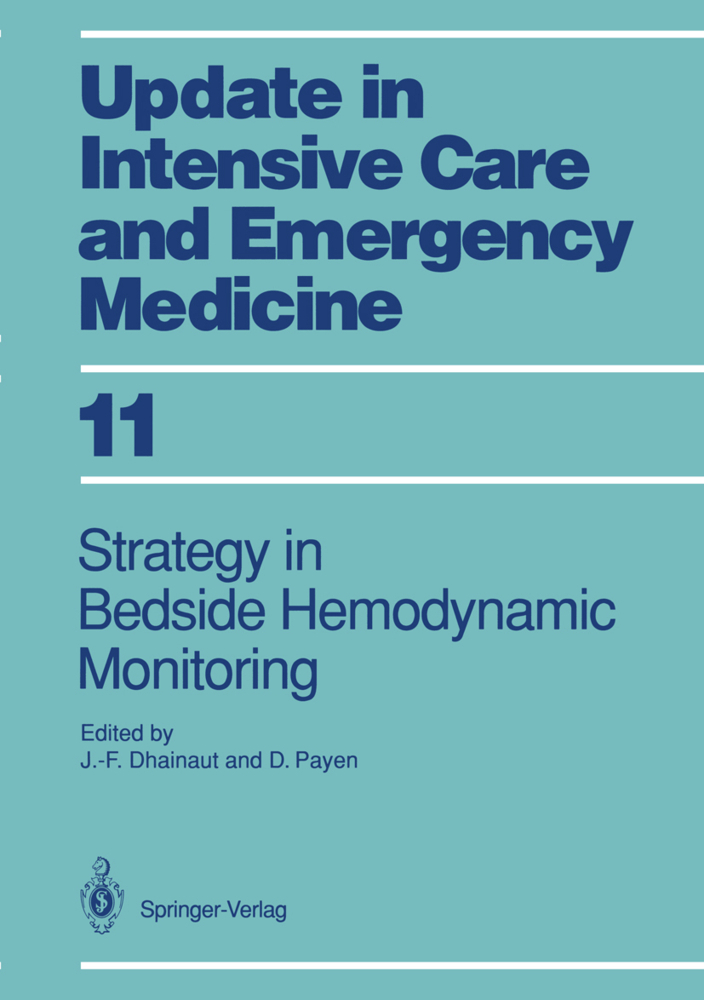Yearbook of Intensive Care and Emergency Medicine 2010
The Yearbook compiles the most recent developments in experimental and clinical research and practice in one comprehensive reference book. The chapters are written by well recognized experts in the field of intensive care and emergency medicine. It is addressed to everyone involved in internal medicine, anesthesia, surgery, pediatrics, intensive care and emergency medicine.
1;Title Page;22;Copyright Page;33;Table of Contents;44;List of Contributors;85;Common Abbreviations;196;I The Microcirculation;207;The Microcirculation and Oxidative Stress;217.1;Introduction;217.2;Reactive Oxygen Species;217.3;Sources of ROS in the Microcirculation;237.3.1;Mitochondria;237.3.2;NADPH Oxidase;237.3.3;NO Synthase;247.3.4;Xanthine Oxidase;247.3.5;Other Sources of Superoxide Anion Production;257.4;Interactions of ROS with the Microcirculation;257.4.1;Leukocyte-endothelial Cell Adhesion;267.4.2;Vascular Tone Regulation;277.4.3;The Vast Spectrum of Intracellular Targets for ROS;277.5;Role of Oxidative Stress in Microcirculatory Dysfunction;287.5.1;Ischemia-reperfusion;287.5.2;Sepsis;297.6;Conclusion;317.7;References;318;Diagnosis and Treatment of the Septic Microcirculation;348.1;Introduction;348.2;Normal Microcirculation;348.3;The Microcirculation in Sepsis;368.4;Bedside Study of the Microcirculation;378.5;The Microcirculation in Distributive Shock;378.6;Recruiting the Microcirculation Network During Distributive Shock;418.7;Conclusion;428.8;References;439;Targeted Treatment of Microvascular Dysfunction;459.1;Introduction: Microvascular dysfunction is the Root Cause of Inflammatory Organ Dysfunction;459.2;Traditional Therapies and Biomarkers have Centered on the Macrocirculation;459.3;New Methods of Assessing the Microcirculation;469.4;Therapeutic Approaches;479.4.1;Suppression of Intracellular Inflammatory Signaling;479.4.1.1;Other inhibitors of cellular inflammation;489.4.2;Suppression of Circulating Mediators of Inflammation;499.4.2.1;Large scale removal by hemofiltration;499.4.2.2;Intravenous immunoglobulin;499.4.2.3;Neutralizing antibodies;499.4.2.4;Coagulation;509.5;Conclusion;509.6;References;5110;II Hemodynamic Monitoring;5411;Diagnosing Hypovolemia in Critically Ill Patients;5511.1;Introduction;5511.2;Defining Hypovolemia;5511.3;Diagnosing Hypovolemia;5511.3.1;Static Diagnostic Tests;5611.3.2;Dynamic Diagnostic Tests;5611.3.2.1;Fluid challenge;5611.3.2.2;Arterial waveform-derived variables;5611.3.2.3;Passive leg raising;5811.4;Perspective;5911.5;Conclusion;6011.6;References;6012;Measuring Stroke Volume Using Electrical Impedance Tomography;6212.1;Introduction;6212.2;Why do we need Non-invasive Cardiovascular Measurements?;6212.3;Electrical Impedance Tomography;6312.4;EIT-based Methods to Measure Stroke Volume;6412.4.1;Holding the Breath;6412.4.2;EKG Gating;6412.4.3;Optimized Separation in the Temporal and Spatial Domains;6512.4.4;Contrast Agents;6612.5;Deriving Stroke Volume from Cardiac Impedance Images;6712.5.1;Impedance-time Curves;6812.5.2;Parametric EIT;6912.6;Conclusion;6912.7;References;7013;Direct Arterial Pressure Monitoring: Pattern Recognition in the Management of Circulatory Failure;7213.1;Introduction;7213.2;Case Study 1: Components of an Arterial Pressure Waveform;7213.3;Case Study 2: Hypovolemia;7313.4;Case Study 3: Pulse Pressure as a Measure of Stroke Volume;7413.5;Case Study 4: Effect of Aortic Capacitance on Pulse Pressure;7513.6;Case Study 5: Effect of Vasoconstrictor Drugs on Pulse Pressure;7513.7;Case Study 6: Effect of Vasoconstriction on the Dicrotic Notch and Secondary Pressure Waves;7613.8;Case Study 7: Sympathetic Stimulation and Reflected Pressure Waves;7713.9;Conclusion;7813.10;References;7814;Choosing Patient-tailored Hemodynamic Monitoring;8014.1;Introduction;8014.2;What Do We Have and What Can they Do?;8014.3;Factors Affecting Choices;8314.4;Conclusions and Perspective;8514.5;References;8515;III Resuscitation Issues;8816;Airway and Ventilation during CPR;8916.1;Introduction;8916.2;Regurgitation and Aspiration after Cardiac Arrest;8916.3;The Pros and Cons of Tracheal Intubation;9016.3.1;Advantages of Tracheal Intubation;9016.3.2;Disadvantages of Tracheal Intubation;9016.3.3;Reducing the Risk of Unrecognized Esophageal Intubation;9116.4;Supraglottic Airway Devices;9116.5;Ventila
Vincent, Jean-Louis
| ISBN | 9783642102868 |
|---|---|
| Artikelnummer | 9783642102868 |
| Medientyp | E-Book - PDF |
| Auflage | 2. Aufl. |
| Copyrightjahr | 2010 |
| Verlag | Springer-Verlag |
| Umfang | 602 Seiten |
| Sprache | Englisch |
| Kopierschutz | Adobe DRM |

